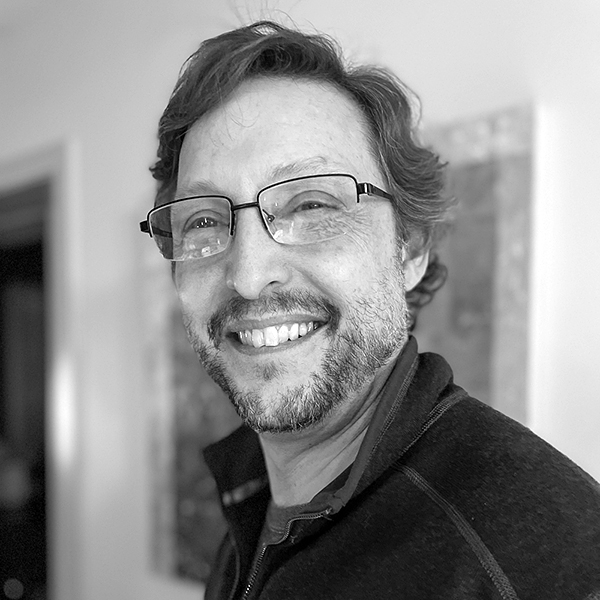"I am an attorney by day and amateur photographer in my free time. Based in Washington, D.C., I focus mainly on black-and-white photography — somewhere between street and documentary with a strong dose of minimalism for good measure. I have a background in philosophy and try to incorporate it into my photography. One of my favorite philosophers, the psychoanalyst Carl Jung, has influenced me deeply. In fact, I view my photography as a Jungian exercise in synchronicity.
Using an intuitive approach, I search for images that resonate, for moments of synchronicity in everyday life. Because this approach relies on unconscious triggers, my photographs are often richly symbolic, though their meaning is not immediately clear (at least not to me). For me, this is the essence of photography: capturing an image that resonates and then, over the course of months or years, figuring out why."
Statement
Domesticated Animals is a multi-year project that explores the domestication that lies at the heart of domestic life. It started with a question that simply would not go away: "How did I become such a domesticated beast?" And then the natural follow up: "Is the domesticated life worth it?"
These photographs are my attempt to answer these questions and make sense of my predicament — everyone’s predicament — by providing an unpolished glimpse of the myths we accept, the masks we are taught to wear, the roles we are forced to play, the needs and desires we sublimate (and sometimes don’t), and the tremendous pressures we face to conform in order to sustain our comfortable, domestic lives.
